Minh Mang’s tomb rivals Tu Duc’s for imperial elegance and atmosphere and while history judges Tu Duc as a hapless poet unwilling to confront the French imperial conquest, Minh Mang, the second Nguyen Dynasty emperor (1820 - 1841), reacted with hostility to the French arrival and the spread of Christianity in his kingdom.

Photo: Mark BowyerMinh Mang's Tomb, Hue
Minh Mang’s antagonism to French meddling is recognised in the naming of the main road to the tombs after him. More compliant Emperor’s Tu Duc, Khai Dinh and others have received no such accolade from the country’s leaders.
Minh Mang’s mausoleum is built strictly in accordance with Chinese Confucian principles and achieves a pleasing balance with its main structures sparsely placed between lakes and gardens. He was deeply interested in architecture and in addition to his tomb, he also made important contributions to the royal citadel.

Photo: Mark BowyerMinh Mang's Tomb, Hue
Minh Mang’s Tomb has undergone substantial restoration in recent years. There is no substantial information on the tomb available to visitors.
Travel tips
Minh Mang’s tomb is on the West bank of the Perfume River (opposite Tu Duc and Khai Dinh’s tombs). 12kms from Hue, it is now accessible via a new bridge by road - car, bicycle or motorbike. It’s still a nice easy cycle.
Many travellers choose to visit Minh Mang’s tomb by sampan from Hue including stops at Thien Mu Pagoda and Khai Dinh’s tomb. The opening of the bridge nearby the tomb makes road travel faster - even by bicycle.

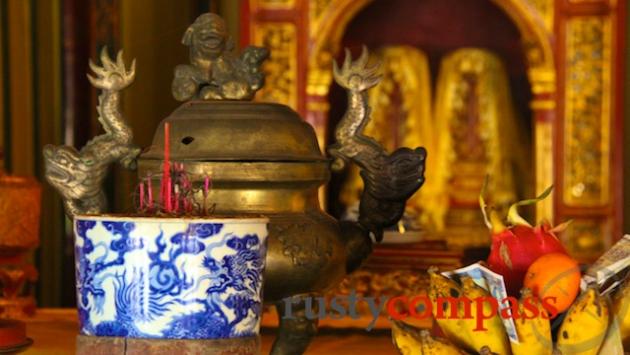
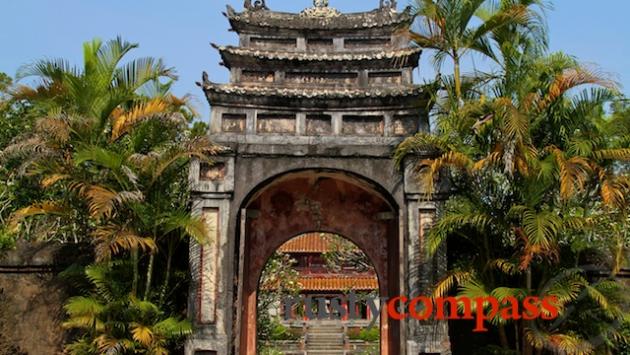
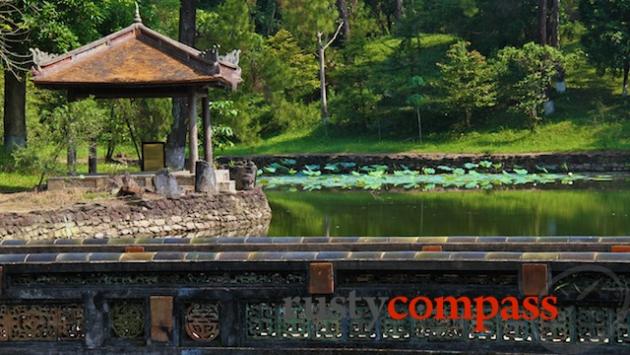
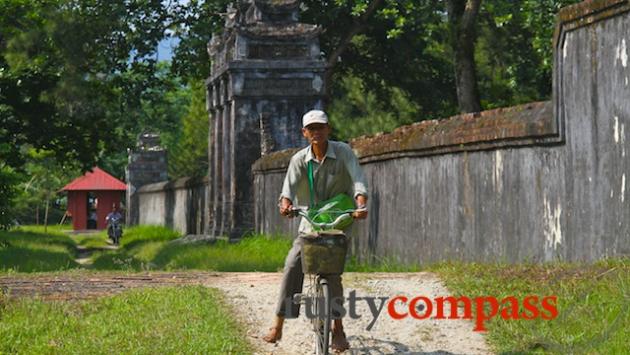
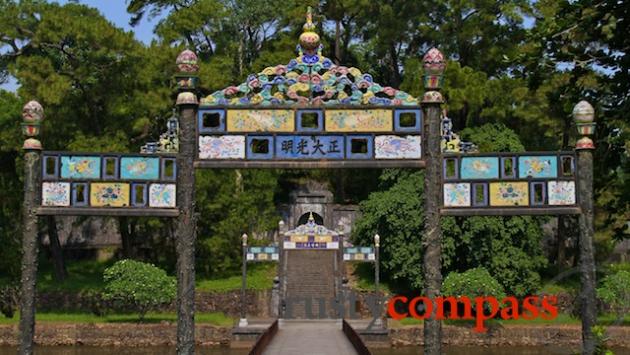







There are no comments yet.